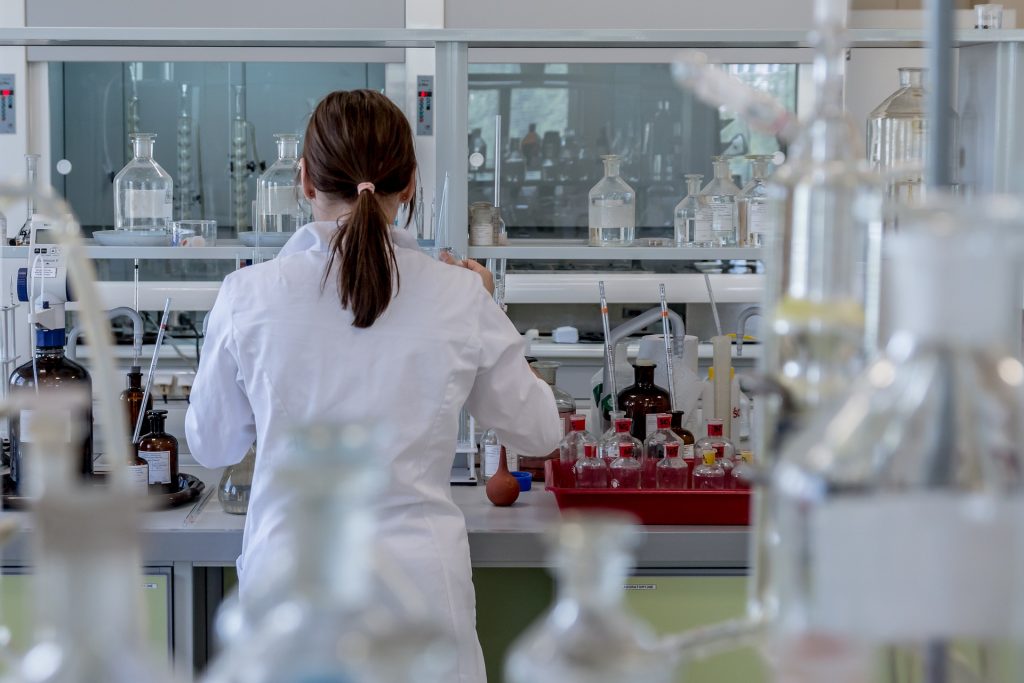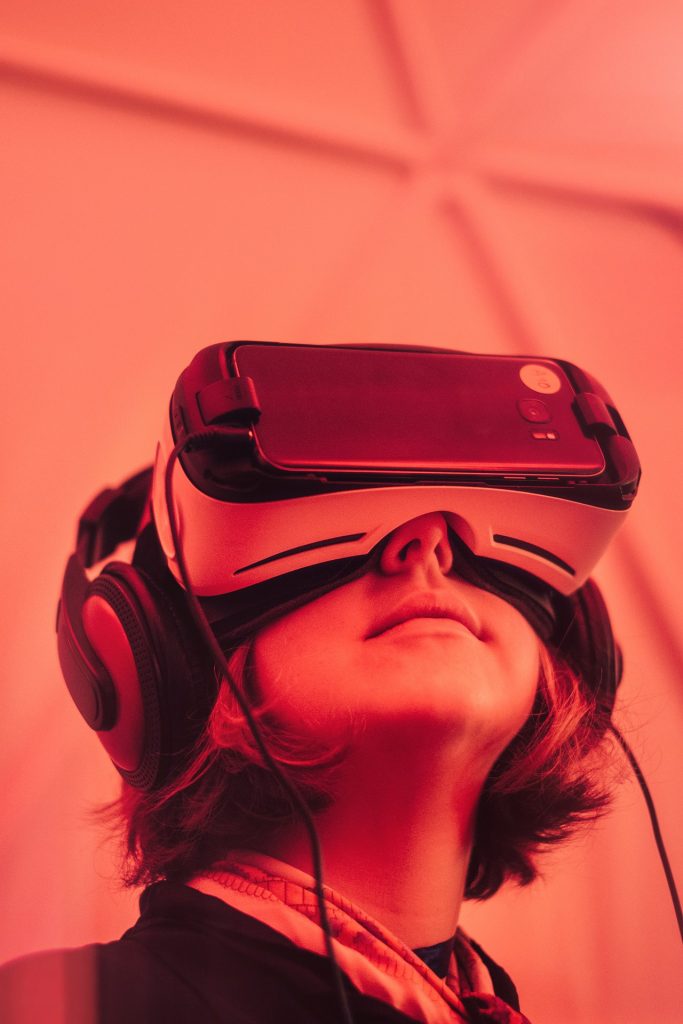by Leonie Schittenhelm
Ah, it’s that wonderful time of the year. Christmas songs on every radio station, the socially acceptable amount of cookies you’re allowed to eat reaches new highs and despite gift madness, it’s nice to look forward to spending some time with those nearest and dearest to us. But scientists wouldn’t be scientists if they couldn’t make even the jolliest of all times relevant to their research. With no further ado, a special Christmas collection of published papers you can bring up over Christmas lunch with your grandma when she asks you what it exactly is that you’re doing – you’re welcome.

Take a sniff – the smell of nutmeg, clove and – is that cinnamon? – wafts through the house and you just know it’s Christmas. Researchers actually found out that not only do people associate the smell of cinnamon with Christmas, they also tend to enjoy smelling it a lot more when the cold season comes around. I mean, who wants a gingerbread latte in late July, right?

“On the 12th day of Christmas my true love gave to me –“ – we’ve probably all head this song and despite frequent difficulties in remembering the correct order it is a well-loved classic Christmas carol. But Diane M. Dean took a rather unsentimental but even more humorous look when she published her paper ‘Cost analysis: the acquisition of the items listed in a popular song’ in 2007, where she meticulously estimates the total price for the gifts mentioned in the carol. An example here: To give your true love 8 maids a-milking you need 8 milk maids paid at current minimum wage, 8 cows of course and also 8 buckets (a bargain at $5/bucket) and 8 milking stools, coming to the whopping cost of $2,166.56 for only one of the items on your beloved’s Christmas wish list. While she notices a slight increase in cost between the 2005 and 2006, she also advises: “All errors and omissions will be cheerfully admitted to. This study should not be taken seriously. If you find yourself tempted to quote this study as a definitive authority at your next Christmas Party, please administer yourself more alcohol.”.

Let’s be real – most days around Christmas will be spent in some sort of food coma. In the paper ‘The Christmas Feast’, scientists measured weight and blood glucose levels before and after Christmas and found that all 35 study participants gained weight over the holiday period, with scientists estimating that an excess of around 6000 calories were ingested. But fear not, rather than admonishing people for indulging over the days around Christmas, the researchers realistically stated ‘This study is not likely to affect any future Christmas.’. Phew, glad we got away with this one…

And to end this article on a more whimsical note, research published in the Journal of Happiness Studies, titled ‘What makes for a merry Christmas?’ actually found what we suspected all along: rather than chasing expensive gifts or being stressed about drying out the Turkey, people are happiest on Christmas if they spend quality time with their loved ones. So wherever you are this festive period, I hope you are surrounded by people you love when you tuck into that Tofurkey – environmentally friendly consumption being another predictor for a cheerful holiday season.









